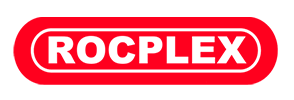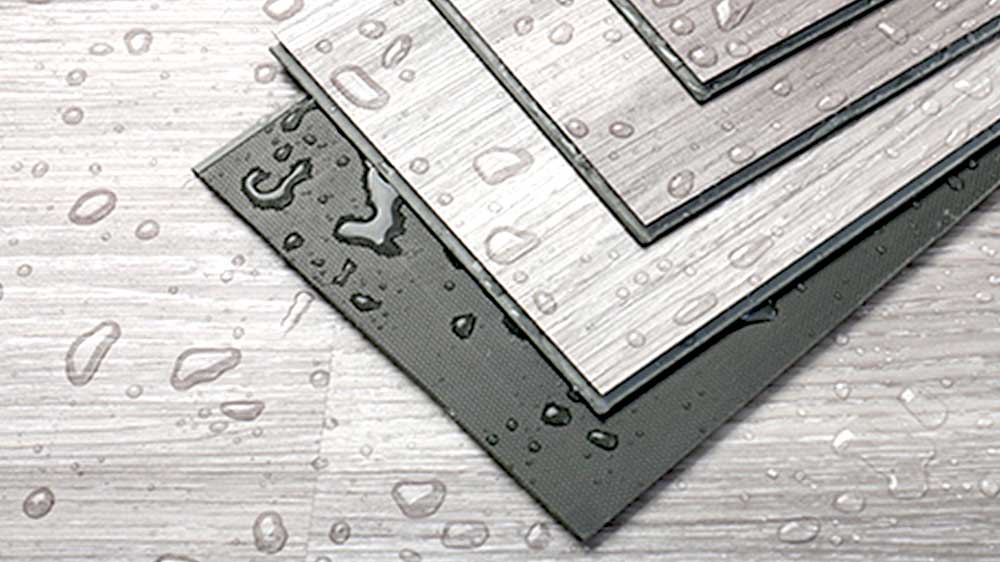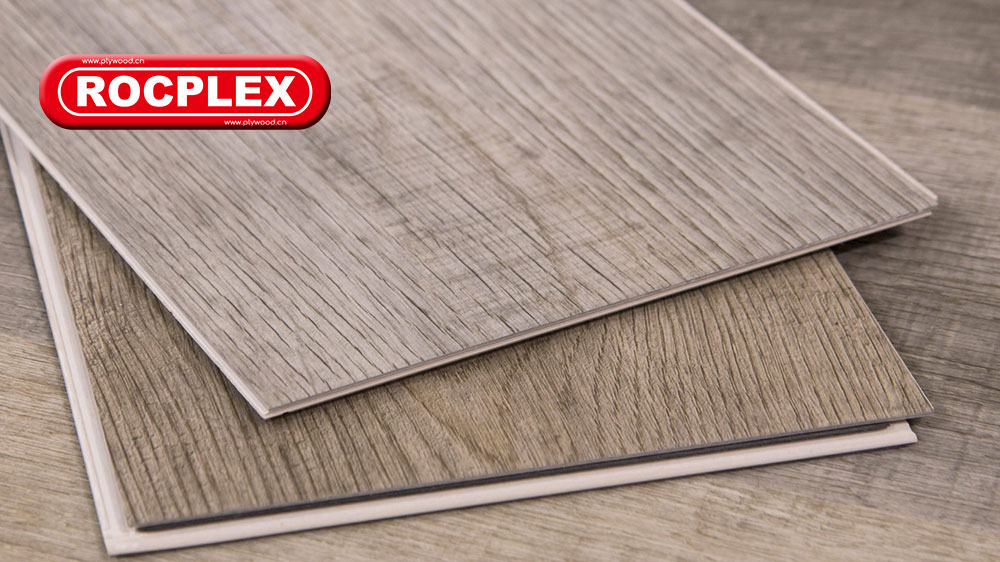What is LVT Click Flooring?
LVT click flooring, or luxury vinyl tile click flooring, is a type of vinyl flooring designed for ease of installation and durability. Featuring a click-lock mechanism, it allows tiles or planks to securely fit together without adhesives. This feature makes it an appealing option for both DIY enthusiasts and professional installers. Combining the appearance of natural materials like wood or stone with the durability of vinyl, LVT click flooring is ideal for residential and commercial spaces.
The flooring consists of multiple layers, including a wear layer, a design layer, and a backing. The wear layer protects against scratches and dents, while the design layer provides the aesthetic appeal of wood, stone, or ceramic. The backing adds stability and helps with moisture resistance, making LVT click flooring a good choice for kitchens, bathrooms, and other high-traffic areas. Compared to traditional vinyl flooring, this type offers better sound absorption and warmth underfoot, enhancing comfort and functionality.
Key Benefits of LVT Click Flooring
Easy Installation with Click Lock Technology
LVT click flooring stands out due to its click lock mechanism, which enables easy, glue-free installation. Unlike traditional vinyl, which often requires adhesives, LVT click flooring can be installed as a floating floor. This click lock system ensures that each plank or tile connects seamlessly, creating a smooth surface without visible gaps.
DIY-Friendly Installation
One of the main advantages of this flooring type is its suitability for DIY projects. The click lock mechanism simplifies the installation process, allowing homeowners to lay the floor without professional help. Additionally, the tiles or planks can be easily removed if needed, making it an excellent choice for renters or anyone considering temporary flooring.
Durability and Longevity
LVT click flooring is known for its resilience. The top wear layer, typically composed of a high-quality clear coating, resists scratches, scuffs, and stains. This feature makes it a practical choice for homes with pets or young children, where flooring may face significant wear.
Resistant to Water and Moisture
In addition to its durability, LVT click flooring is water-resistant, which makes it suitable for areas prone to moisture, such as bathrooms and kitchens. Unlike hardwood, which can warp with prolonged exposure to moisture, LVT click flooring maintains its shape, providing a long-lasting solution in various environments.
Low Maintenance
The low-maintenance nature of LVT click flooring is another significant advantage. Regular sweeping or vacuuming, combined with occasional mopping, is all that’s needed to keep the floor looking new. Because of its durable wear layer, it doesn’t require waxing or refinishing, unlike hardwood flooring.
Aesthetics and Variety
LVT click flooring offers a broad range of design options. The design layer can mimic different materials, including wood, stone, and ceramic, without the high cost associated with these natural materials. This flexibility allows homeowners to create a custom look that complements their decor without exceeding their budget.
Customization Options
The range of designs available allows for a high degree of customization. Whether you prefer a rustic, hardwood look or a sleek, stone-like finish, LVT click flooring offers options that cater to various interior styles.
Comparing LVT Click Flooring with Other Flooring Types
LVT Click Flooring vs. Traditional Vinyl
While traditional vinyl flooring has been popular for decades, LVT click flooring offers improved durability and ease of installation. Traditional vinyl is typically glued down, which can be time-consuming and difficult to replace. LVT click flooring, with its floating installation, is simpler to install and remove, making it more versatile for temporary applications.
Durability Comparison
LVT click flooring’s layered structure enhances its durability compared to traditional vinyl. The wear layer in LVT click flooring protects against more than just minor scratches, with resistance to dents and scuffs that are more likely with traditional vinyl. Additionally, its waterproof properties make it ideal for areas where traditional vinyl may fall short.
LVT Click Flooring vs. Laminate
Laminate flooring is another popular option for homeowners, particularly those seeking a wood-like appearance at a lower cost than hardwood. However, LVT click flooring holds several advantages over laminate, particularly in terms of water resistance. Laminate flooring is not water-resistant, making it less suitable for moisture-prone areas like bathrooms and kitchens.
Moisture Resistance
In areas with higher moisture levels, LVT flooring outperforms laminate. While laminate may swell or warp when exposed to water, LVT click floor maintains its shape and integrity. This quality makes it a better choice for kitchens, bathrooms, and basements.
LVT Click Flooring vs. Engineered Hardwood
Engineered hardwood is often chosen for its natural wood appearance and greater resistance to humidity compared to solid hardwood. However, LVT click flooring provides similar aesthetic benefits with even greater durability and a lower price point. Engineered hardwood may still be susceptible to scratches and dents, while LVT click flooring’s wear layer offers superior protection.
Cost Considerations
In addition to durability, LVT click floor offers a more budget-friendly option compared to engineered hardwood. Homeowners who desire the look of wood without the cost can achieve a similar aesthetic with LVT flooring. Furthermore, the installation costs for LVT flooring are often lower, as it doesn’t require the same level of expertise or time to install.
LVT Click Flooring vs. Luxury Vinyl Plank
Luxury vinyl plank (LVP) flooring is a type of vinyl flooring that closely resembles hardwood but does not always feature the click lock system. LVT flooring and LVP are similar, yet the main difference lies in the ease of installation. LVT flooring, with its click lock technology, is typically easier to install than glue-down LVP, making it preferable for those seeking a quick, DIY-friendly solution.
Installation Method
The click lock feature allows for a straightforward installation without the need for adhesives. This is particularly advantageous for renters or anyone looking to install flooring without committing to a permanent adhesive application.
Choosing the Right Type of LVT Click Flooring
Factors to Consider
When selecting LVT click flooring, there are several factors to consider, including thickness, wear layer, and design. Thicker flooring generally provides better sound insulation and comfort underfoot, while a higher wear layer thickness offers increased durability. Choosing a design that complements your existing decor can also enhance the overall look of your space.
Thickness and Comfort
Thicker LVT flooring provides additional sound absorption, making it ideal for multi-story homes or apartments where noise may be an issue. It also adds a sense of warmth and comfort underfoot, especially compared to thinner flooring options.
Design and Finish
The design layer allows for realistic textures that resemble natural materials. Some LVT flooring products even offer textured surfaces that mimic the grain of real wood, providing an authentic look and feel. Additionally, finishes range from matte to high-gloss, allowing you to select the perfect finish for your decor style.
Maintenance and Longevity
Ensuring longevity involves minimal maintenance. Regular cleaning helps maintain its appearance, while the wear layer prevents most daily wear and tear. For those with pets or children, opting for a thicker wear layer can provide extra protection.
Practical Applications of LVT Click Flooring
Residential Uses: Living Rooms, Bedrooms, and More
LVT click flooring’s versatility makes it suitable for various rooms in a home. It’s a popular choice for living rooms, where its durability and aesthetic appeal create an inviting space. The click lock system makes installation easy, allowing homeowners to update their floors without a lengthy renovation process.
Bedrooms and Living Spaces
In bedrooms and living areas, LVT click flooring’s warmth underfoot and sound-absorbing properties enhance comfort. It’s available in designs that mimic hardwood or stone, offering a sophisticated look without the high cost or maintenance associated with natural materials.
Kitchen and Bathroom Applications
Thanks to its water resistance, LVT click flooring works well in kitchens and bathrooms. Unlike hardwood, which can warp with moisture exposure, click lock vinyl flooring retains its shape and durability. This feature makes it ideal for areas that see frequent spills or humidity.
Non-Slip Options
Some LVT flooring products come with non-slip finishes, which provide extra safety in moisture-prone areas like bathrooms. This adds a practical advantage, especially for households with young children or elderly residents.
Commercial Applications: Offices, Retail Spaces, and More
LVT click flooring isn’t just for residential spaces—it’s also a great option for commercial environments. Offices, retail spaces, and restaurants benefit from LVT’s durability, easy maintenance, and appealing aesthetic. Its resilience to high traffic makes it a practical choice, while the variety of designs can complement any commercial decor.
Durability in High-Traffic Areas
In commercial settings, LVT click flooring’s durability is key. Its wear layer protects against daily wear and tear, ensuring it maintains its appearance even in areas with constant foot traffic. Additionally, the easy installation and low maintenance make it a cost-effective choice for businesses.
Temporary Installations and Rental Properties
The click lock system of click lock vinyl flooring makes it ideal for temporary installations, such as trade shows or events, where flooring needs to be installed and removed quickly. Its easy-to-remove design is also beneficial for rental properties, allowing landlords to update flooring without extensive renovations.
Tips for Installing LVT Click Flooring
Preparing the Subfloor
Before installing LVT flooring, it’s crucial to prepare the subfloor. A clean, smooth subfloor ensures a stable installation. Remove any debris, and if needed, fill in gaps or level uneven surfaces to prevent any imperfections from transferring to the surface.
Acclimating the Flooring
It’s important to allow the LVT click flooring to acclimate to the room’s temperature and humidity for 24-48 hours before installation. This helps prevent issues such as expansion or contraction after installation, ensuring a longer-lasting fit.
Tools Needed for Installation
The tools required for LVT flooring installation are minimal. Basic tools like a rubber mallet, a tape measure, and a utility knife are typically all you need. These tools help secure the planks or tiles and ensure precise cuts around corners and edges.
Installation Tips for DIYers
For DIY enthusiasts, starting from one corner of the room and working toward the opposite side often ensures a smoother installation. Use spacers along the walls to allow for expansion, which prevents buckling over time. Additionally, stagger the planks to create a natural look, similar to hardwood.
Maintenance Tips for Longevity
While LVT click flooring is low maintenance, a few tips can help extend its lifespan. Regular sweeping or vacuuming prevents debris from scratching the surface. Occasional mopping with a mild cleaner maintains its shine without damaging the wear layer.
Preventing Scratches and Scuffs
Using felt pads under furniture helps prevent scratches. Additionally, avoid dragging heavy objects across the floor, as this can damage the wear layer. With these precautions, LVT flooring remains visually appealing and durable.
Environmental Considerations and LVT Click Flooring
Eco-Friendly Options
Many LVT flooring products are made with environmentally friendly materials and processes. Some manufacturers use recycled content, reducing waste and making the flooring a more sustainable choice. For those looking for eco-conscious options, checking certifications or labels can ensure the product meets environmental standards.
Low VOC Emissions
LVT flooring often has low volatile organic compound (VOC) emissions, contributing to better indoor air quality. This makes it a safer choice for homes, especially those with children, pets, or individuals sensitive to indoor pollutants.
Recyclability and End-of-Life Considerations
When LVT click flooring reaches the end of its lifecycle, certain products can be recycled, helping to reduce landfill waste. Choosing products from manufacturers that prioritize recyclability can further support environmental sustainability.
Common Questions About LVT Click Flooring
Q: Is LVT click flooring suitable for high-moisture areas?
A: Yes, LVT click flooring is highly water-resistant, making it ideal for kitchens, bathrooms, and basements.
Q: How does LVT click flooring compare to hardwood in terms of durability?
A: LVT click flooring is more resistant to scratches and dents than hardwood, making it a better choice for homes with pets or high-traffic areas.
Q: Can I install LVT click flooring over existing flooring?
A: In many cases, yes. As long as the existing floor is clean, dry, and level, LVT click flooring can be installed on top, simplifying the renovation process.
Q: Is LVT click flooring easy to repair?
A: Yes, individual planks or tiles can be replaced if damaged, making repairs simple compared to other flooring types.
Q: Does LVT click flooring require special cleaning products?
A: No, regular sweeping or vacuuming, combined with occasional mopping using a mild cleaner, is usually sufficient.
Q: Can LVT click flooring be installed in extreme temperature environments?
A: While it is generally durable, extreme temperature fluctuations can cause expansion or contraction. Acclimating the flooring before installation and maintaining consistent indoor conditions helps minimize these effects.
Post time: Nov-02-2024




